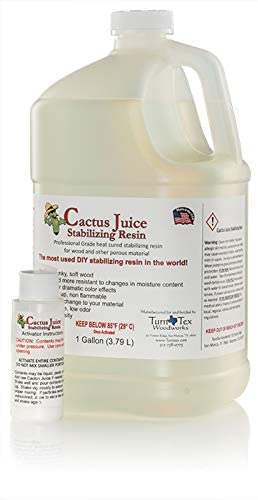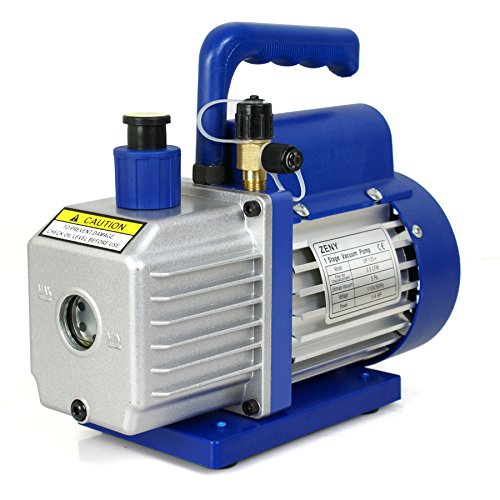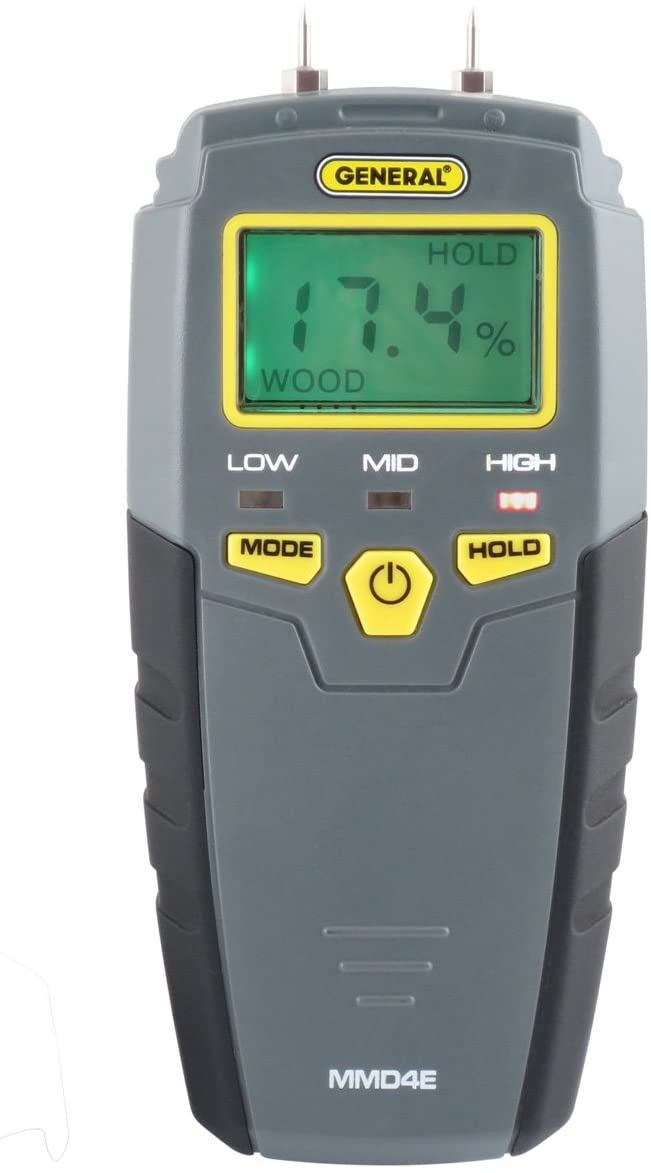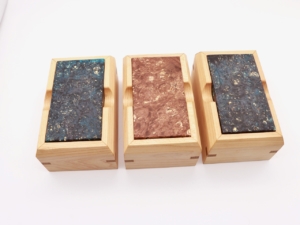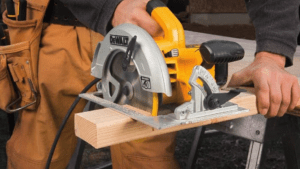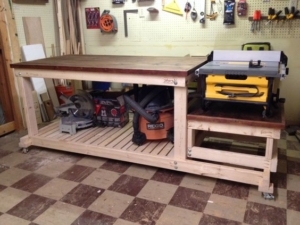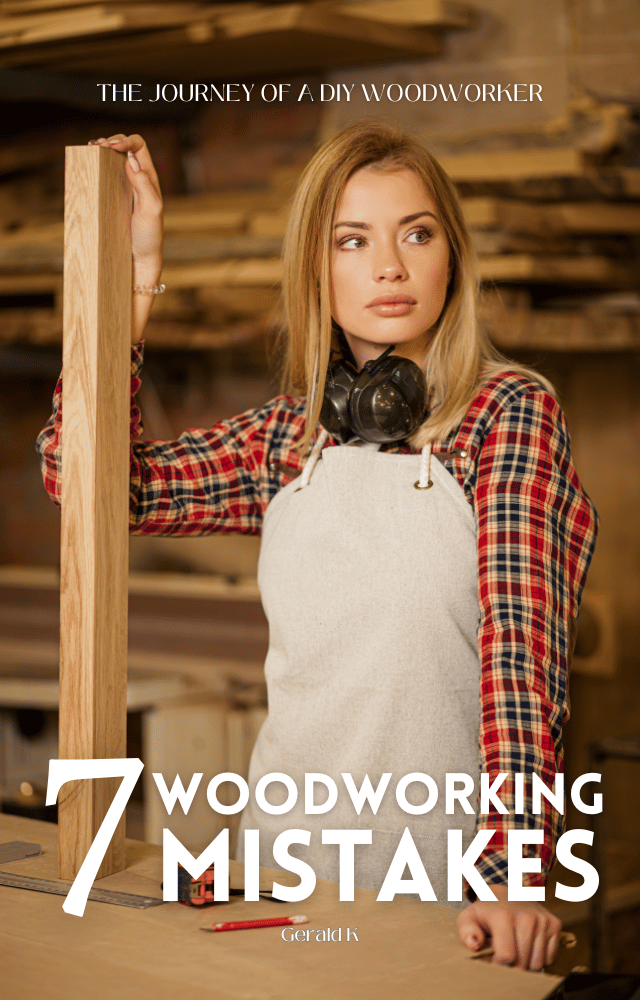The Ultimate Guide to Stabilized Wood & Wood Stabilization Tools
Everything You Need to Know About Making, Buying and Using Stabilized Wood
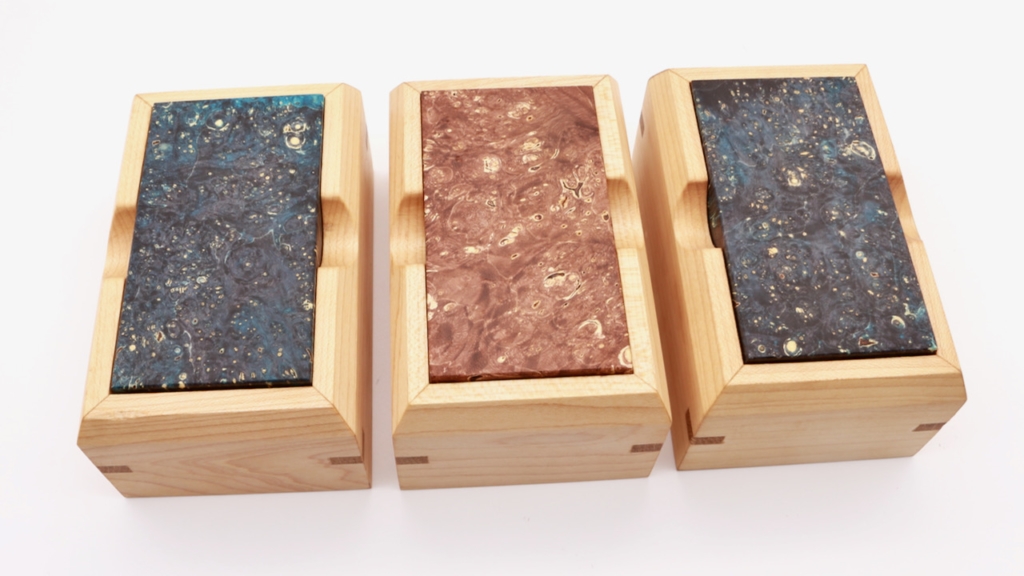
Ever since I discovered stabilized wood, I’ve been attracted to the idea of using them in my projects, and even recently started to venture into making some.
In the process, I’ve collected a huge list of websites, videos, products, and techniques about stabilizing wood. On this page, I want to list them all out in a logical way so anyone can get started with wood stabilizing and working with stabilized wood.
What Is Stabilized Wood?
What is stabilized wood?
In short, it is wood that has been treated with stabilizing resins. The resin seeps deep wood fibers, pushing moisture and air out.
The most popular stabilizing resin is “Cactus Juice”, but there are many alternatives that are just as good. When the resin cures and hardens, it effectively blocks moisture, decay, and rot, making the wood “stable”.
Stabilized wood is harder and heavier due to all that resin inside. This is both good and bad.
- The good part is that you now have something that is more predictable and easier to saw and route.
- The bad part is that certain woodworking tasks like planing and sanding become more difficult. The resin will dull blades faster, and clog up sandpaper.
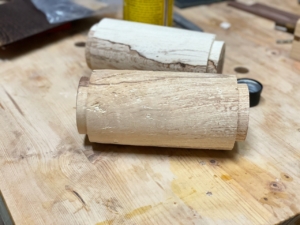 If you’ve ever worked with fragile wood such as spalted or burl wood, you’ll know that they can be difficult to work with and unpredictable at times.
If you’ve ever worked with fragile wood such as spalted or burl wood, you’ll know that they can be difficult to work with and unpredictable at times.
For spalted wood, the spalting process may be so far along that it has caused rot in the wood. For burl wood, there is no definite grain pattern you can use as a guide, so planing and working with it becomes difficult.
Woodturners tend to work with this type of wood, as the unusual grain is beautiful when turned into a small object like a vase or a pen. Also, because a stabilizing pot is required to vacuum air out as the resin seeps into the wood, stabilized wood tend to come in very small dimensions that are of no use to most other woodworkers.
Stabilizing makes it much easier to cut, carve or turn wood. You’ll experience less blowout and achieve a smoother cut, as long as your tools stay sharp.
Wood Stabilization Tools & Supplies
The main ingredient in wood stabilization is the stabilizing resin.
Used with a vacuum chamber, the extremely viscous resin penetrates deep into wood fibers and completely saturates it.
Turntex is an extremely established brand name in the industry, offering just about everything related to stabilization.
Alternatives:
A good vacuum chamber is the key to getting great results when stabilizing wood. The strength and regidity of the chamber as well as the hose and gauge makes all the difference.
The lid is also very important. A poor quality vacuum chamber suffers from lids that crack or even shatter due to the immense suction created by the vacuum.
Alternatives:
Vacuum pumps used to be very expensive. Today however, you can get a decent budget vacuum pump for under $60, like this Zeny 1/4 HP model.
With a heavy-duty aluminum casing and quiet operation, this model has over 2,000 positive ratings on Amazon. Be careful when buying vacuum pumps, as not all of them are meant for wood stabilizing.
Alternatives:
When curing the stabilizing resin in an oven, you’ll need a good indication of the moisture content. A moisture meter is the easiest way to get an accurate reading.
This model by General Tools is the highest rated on Amazon for its large display screen, easy access buttons, and accuracy.
Alternatives:
Large Dial Over Thermometer by Taylor Precision Products
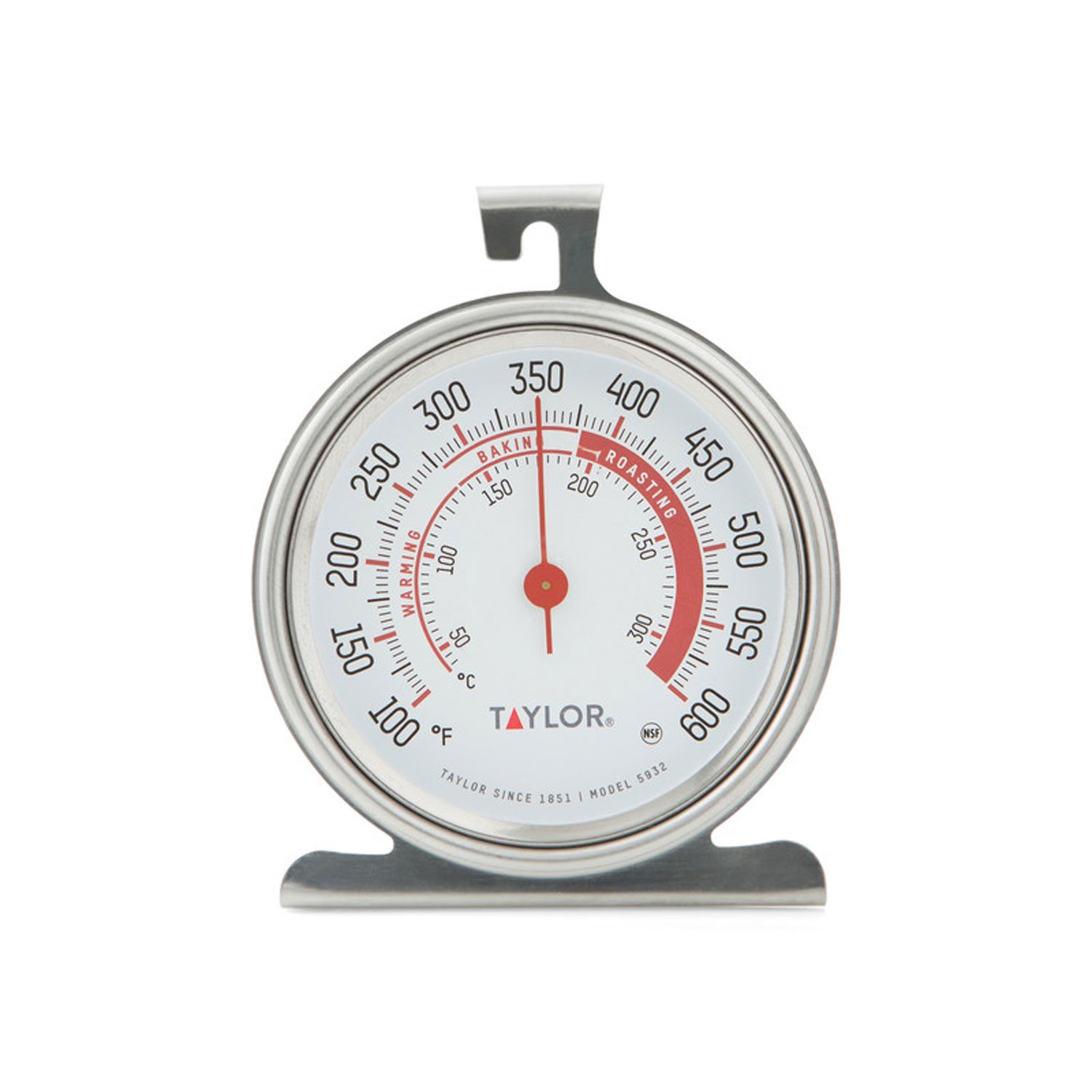
- $9 or less
With most lower-end ovens, you cannot get an accurate reading of the actual temperature inside, which is not what the dial outside suggests.
This add-on thermometer by Taylor Precision Products solves the issue. The top tab slides into your oven to measure the internal heat directly and accurately.
Alternatives:
How to Stabilize Wood
This is a great overview video about stabilizing wood. It’s short but explained very clearly.
This video by Jake Thomson is a little more in-depth and covers a few more tips about stabilizing.
Single dyed and double-dyed stabilized wood can produce breathtaking results. This video shows you how to dye while stabilizing.

